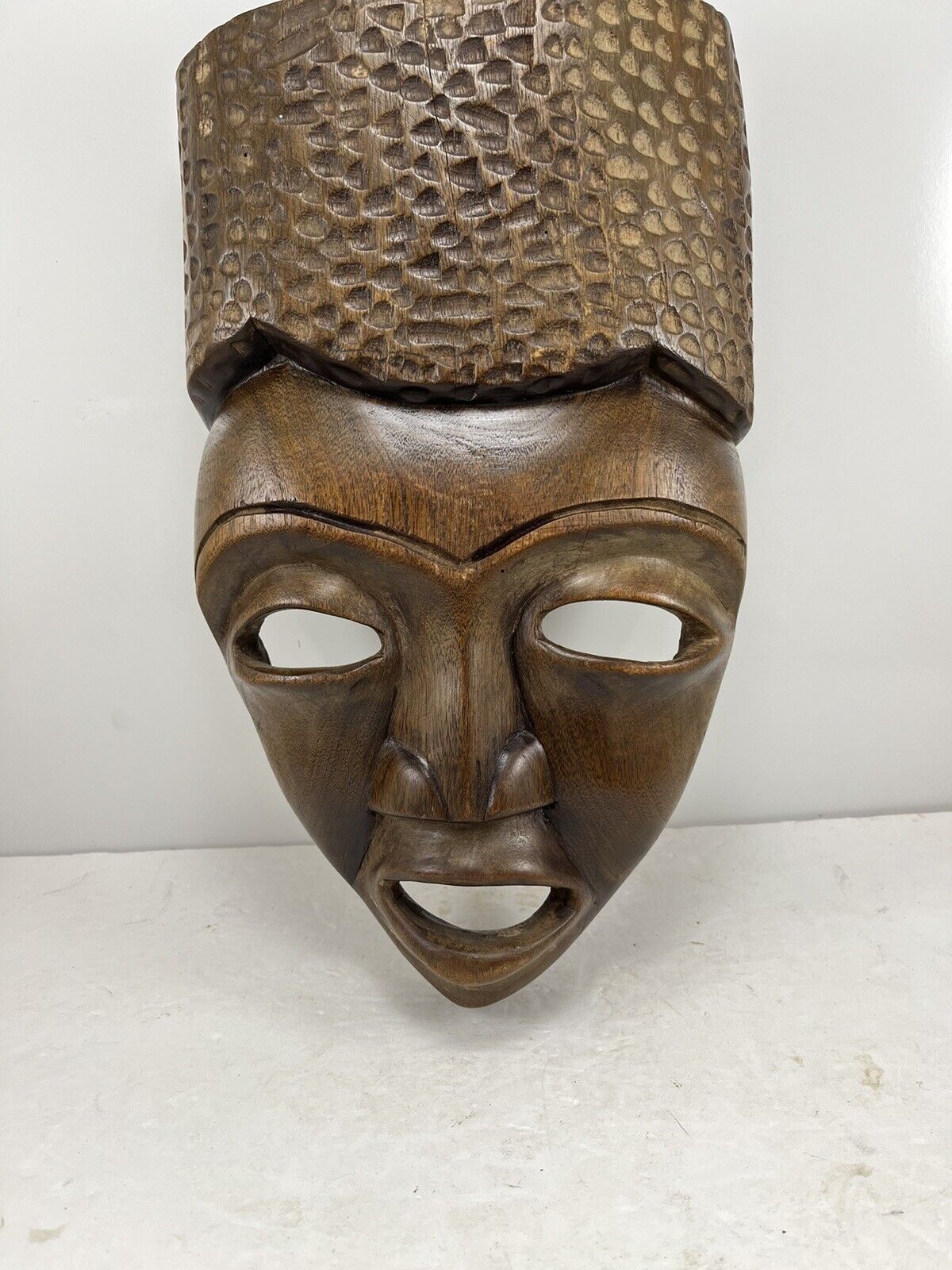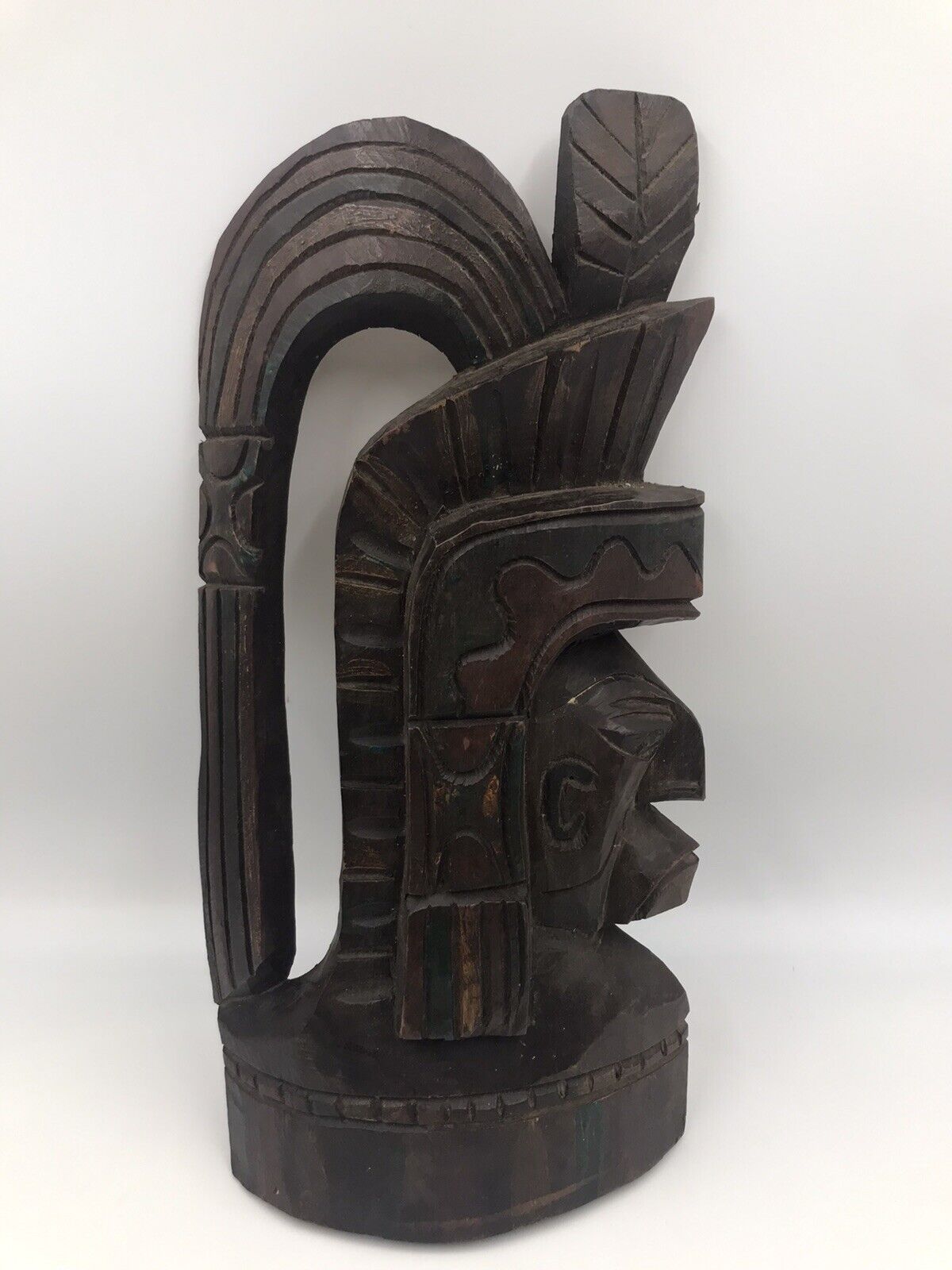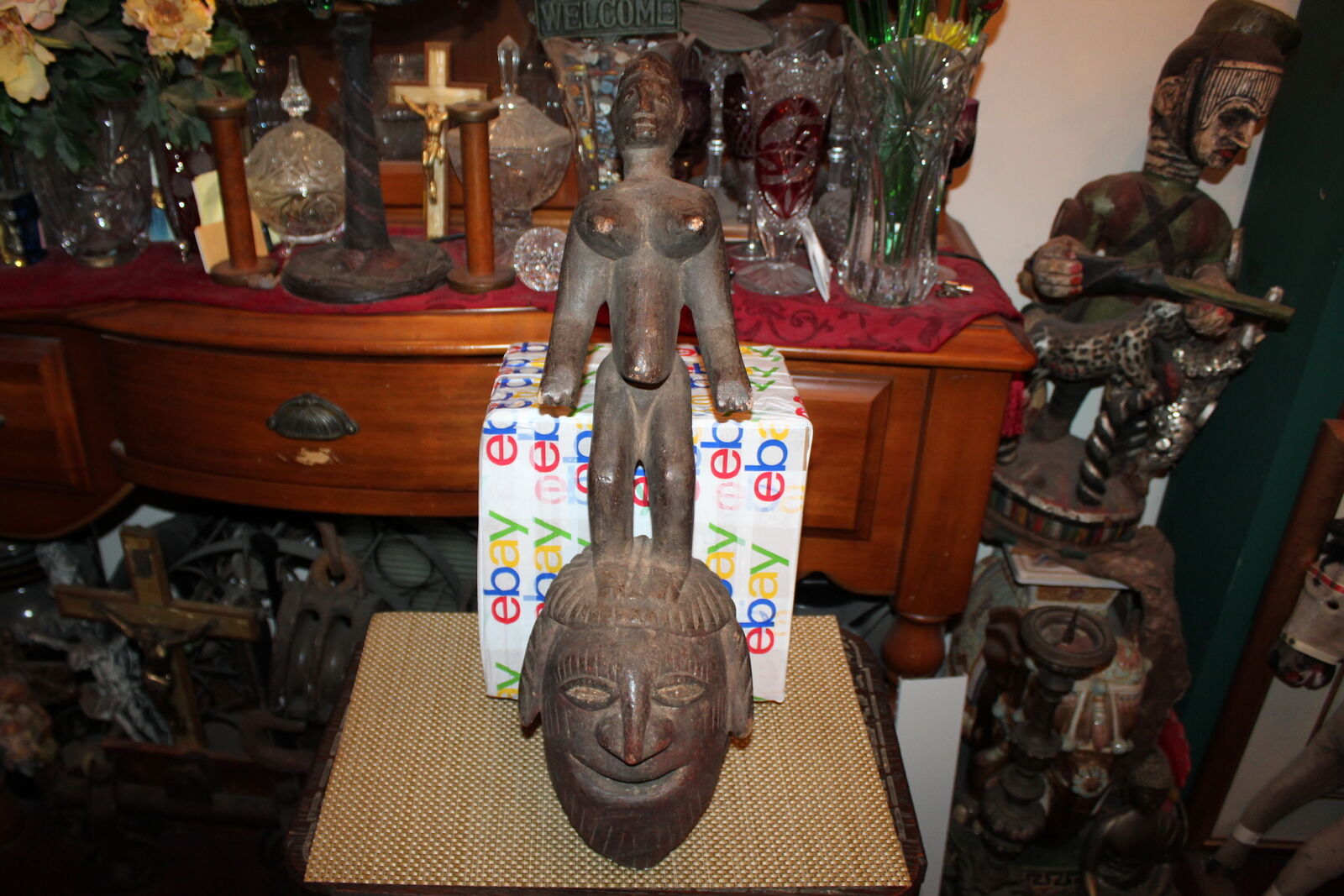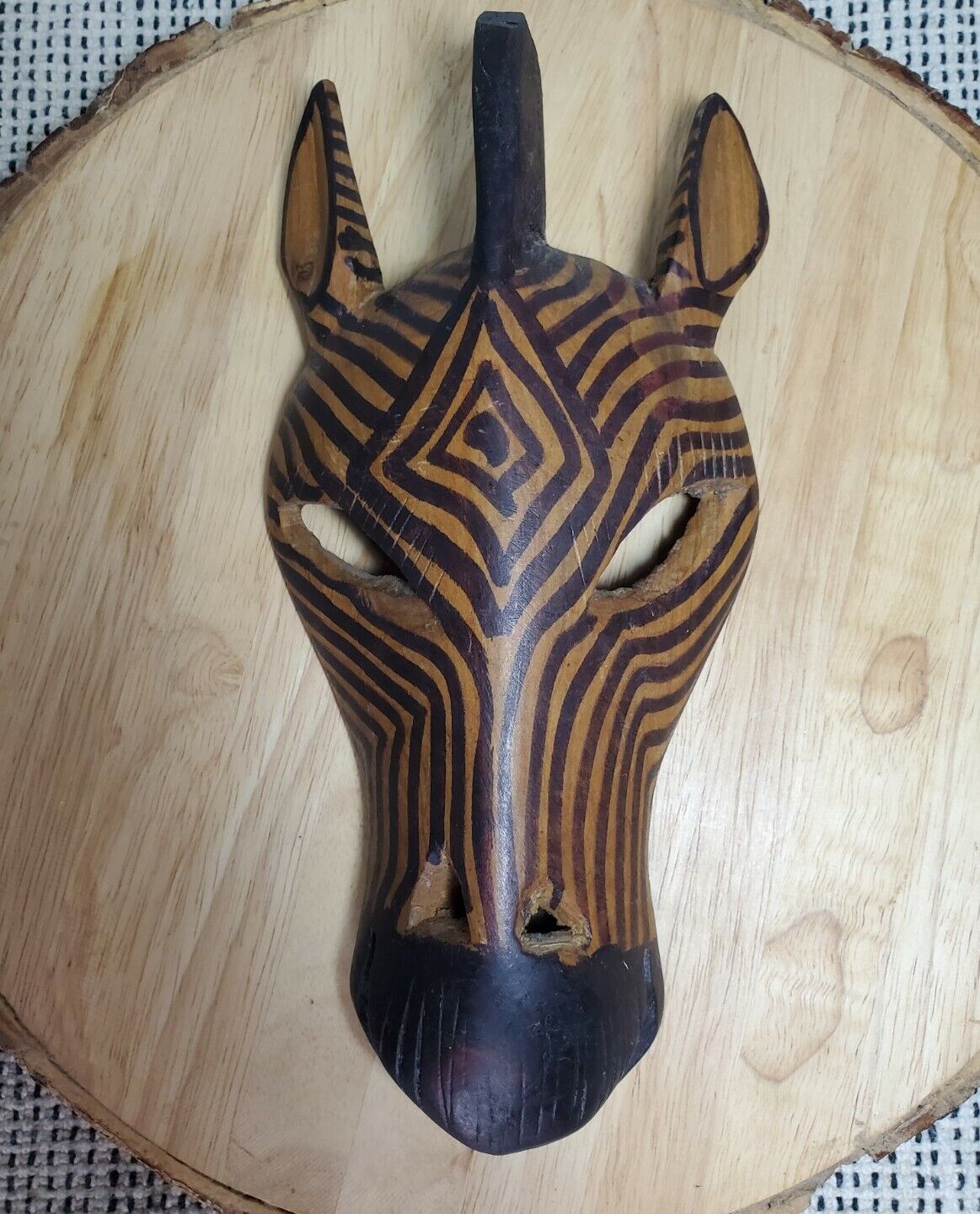-40%
Bambara or Bamana Hyena Mask (#575)
$ 210.67
- Description
- Size Guide
Description
Ethnic Group and Region: Bambara, Mali (tag also refers to a similar Bamana mask at Sotheby’s)Formerly Displayed: 5
th
Avenue Mask Museum, Hendersonville NC (# 575)
Tag on mask: Bambara (n’tomo—lined through); kore and a reference to Bamana at Sotheby’s.
Her note indicates that possibly a similar mask was being sold by Sotheby’s.
Measurements are approximate.
Mask height:
19 inches
Mask width:
8 1/2 inches
Mask depth:
6 1/2 inches
Material: Wood, hand carved
Acquired year: 1984 or 1986
Acquired from: Claud Miller
(Ladislas Segy, Dover Publications, Inc., 1976, 248 pp, ISBN 0-486-23181-X).
Ms. Hobbs’ notes indicate that masks of this type were used for initiations and agricultural festivals in supplication for the fecundity of the earth and sometimes for rain She cites Segy,
Masks of Black Africa
, as source, but does not provide a page reference (Ladislas Segy, Dover Publications, Inc., 1976, 248 pp, ISBN 0-486-23181-X).
Her sketch indicates this is a Bambara mask, but, given the notation on her tag, it appears that she might have considered the possibility that the mask is Bamana instead. The tag indicates that masks of this type were used by N’tomo or Kore societies. Ms. Hobbs lined through “n’tomo” and wrote “kore,” so it appears that she might have decided this type of mask was used in “kore” ceremonies
Information and the only claim with respect to authenticity about this mask are taken from notes and sketches by Ellen Hobbs. Her sketch is shown with the photos of the mask. No other representations of authenticity are made.


















